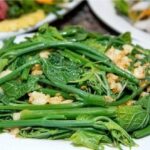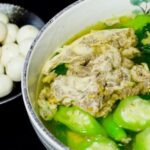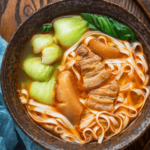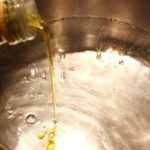Noodles are a familiar and popular dish for many families. In addition to instant noodles, other types of rice noodles need to be boiled before cooking to ensure they are soft, chewy, and not mushy or hard.
Many people have the habit of boiling water and then throwing the noodles in to cook for a few minutes. However, chefs advise against this practice. So, how should we boil noodles correctly? Check out these useful tips below.
Don’t Boil with Hot or Cold Water
According to chefs, when cooking noodles, avoid using boiling water or cold water. Instead, wait until the water temperature reaches a point where small bubbles start to form at the bottom of the pot. This indicates that the water is around 80 degrees Celsius, which is the ideal temperature for adding noodles.
If you put noodles into boiling water, they will not be chewy due to the high temperature. On the other hand, putting them into cold water will cause the strands to stick together. Therefore, it is best to use warm water at 80 degrees Celsius for cooking noodles.
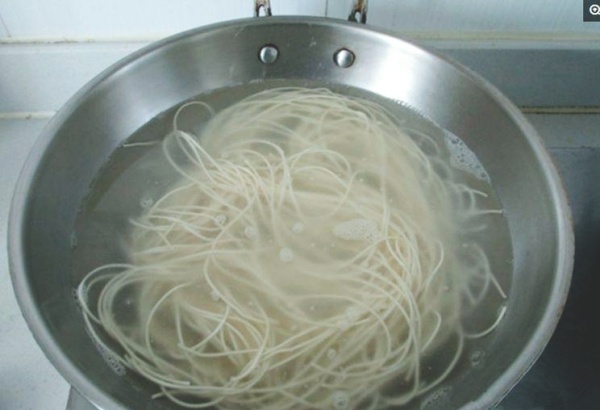
Add Salt
Once you’ve added the noodles to the pot, gently stir them with chopsticks to ensure even cooking. Then, add a teaspoon of salt to enhance the flavor of the noodles and make them more chewy. The salt will also help prevent the water from overflowing.
Additionally, adding salt will give the noodles a more fragrant and savory taste.
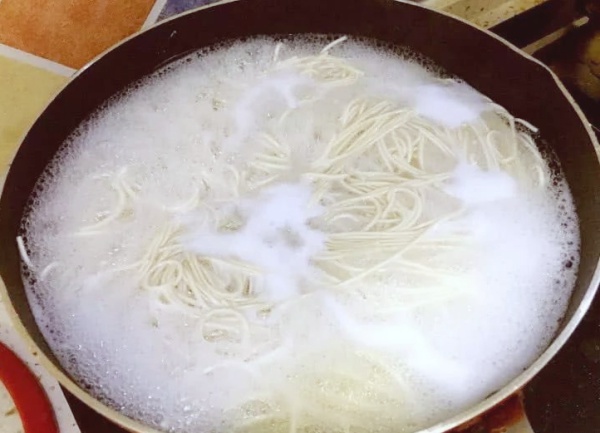
Add Cold Water
After boiling the noodles for about half a minute, add a small amount of cold water to the pot and cover it again to continue cooking. Once the water boils for the second time, turn off the heat. Remove the noodles and immediately place them in a bowl of cold water or rinse them with cold water. This step is crucial, as it prevents the noodles from clumping together and maintains their texture and flavor.
The cooked noodles can be mixed with various ingredients and seasonings to create a delicious noodle salad, or you can prepare a broth, bring it to a boil, add the cooked noodles, and serve. For a heartier meal, add cooked meat and vegetables.
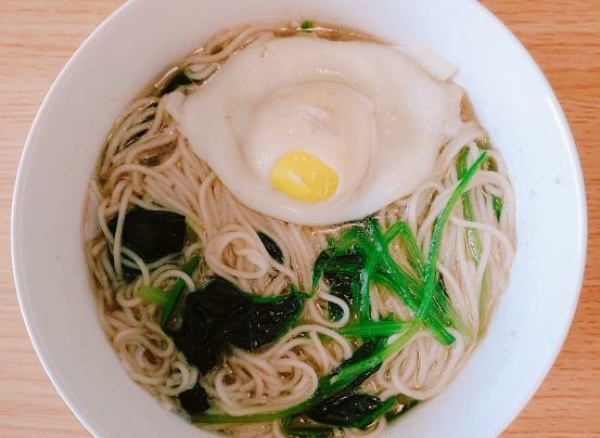
Good luck, and happy cooking!
Source: Phụ Nữ Việt Nam
Should You Add Cooking Oil to the Pot When Boiling Noodles?
“Boiling noodles might seem like a walk in the park compared to frying an egg, but it has its fair share of nuances. You may have heard the age-old advice to add a dash of oil to the pot before tossing in the noodles. However, this common practice could lead to a culinary disaster. Uncover the truth behind this myth and elevate your noodle game with our insightful guide. It’s time to separate fact from fiction in the world of pasta perfection!”

























